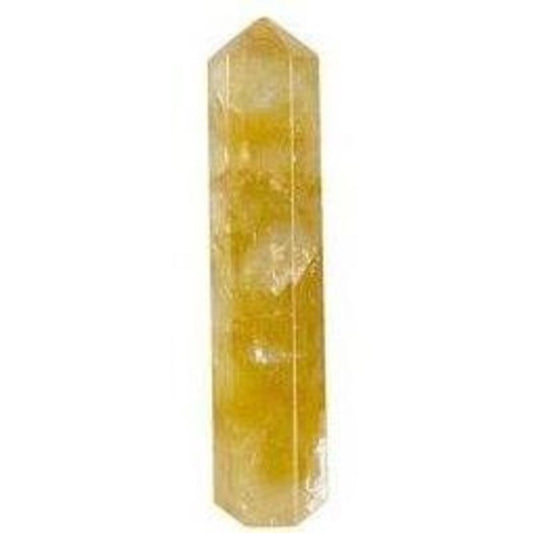
Grape agate, with its stunning clusters of purple, green, and white botryoidal formations, has captivated gemstone enthusiasts and collectors alike. But what makes this gemstone so unique, and how is grape agate formed? In this brief blog, we'll delve into the fascinating geological processes that create this beautiful mineral.
Understanding Grape Agate
Grape agate is a trade name for a variety of chalcedony, a microcrystalline form of quartz. It gets its name from its grape-like appearance, featuring tiny, spherical formations that resemble clusters of grapes. This gemstone is primarily found in Mamuju, West Sulawesi, Indonesia, and has only recently gained popularity in the gem and mineral market.

The Formation Process
The formation of grape agate involves several geological processes:
1. Volcanic Activity
- Grape agate forms in volcanic rock, specifically within cavities or vesicles that were once gas bubbles in the lava. These volcanic environments provide the perfect conditions for mineral-rich solutions to deposit silica.
2. Silica-Rich Solutions
- Over time, silica-rich fluids percolate through the volcanic rock. These solutions are often supersaturated with dissolved silica, which is essential for forming chalcedony.
3. Botryoidal Growth
- As the silica-rich solutions enter the cavities in the rock, they begin to deposit tiny, round aggregates of chalcedony. This botryoidal (grape-like) growth occurs layer by layer, with each spherical formation growing as more silica is deposited.
4. Coloration
- The vibrant colors of grape agate, particularly the purples and greens, are due to trace impurities and minerals present in the silica solutions. For example, manganese can give the agate its purple hue, while iron or other minerals can impart green tones.
Factors Influencing Formation
Several factors influence the formation and quality of grape agate:
- Temperature and Pressure: The specific temperature and pressure conditions within the volcanic environment affect the rate at which the silica solutions deposit and form chalcedony.
- Mineral Composition: The presence of different minerals and impurities in the silica solutions determines the color and overall appearance of the grape agate.
- Time: The formation of grape agate is a slow process, taking thousands to millions of years to develop fully.
Conclusion
Grape agate's formation is a testament to the incredible geological processes that occur beneath the Earth's surface. From volcanic activity to the slow deposition of silica-rich solutions, each step contributes to creating the beautiful, grape-like clusters that make this gemstone so unique. Understanding how grape agate is formed not only enhances our appreciation for its beauty but also highlights the intricate natural processes that shape our planet's treasures.

































